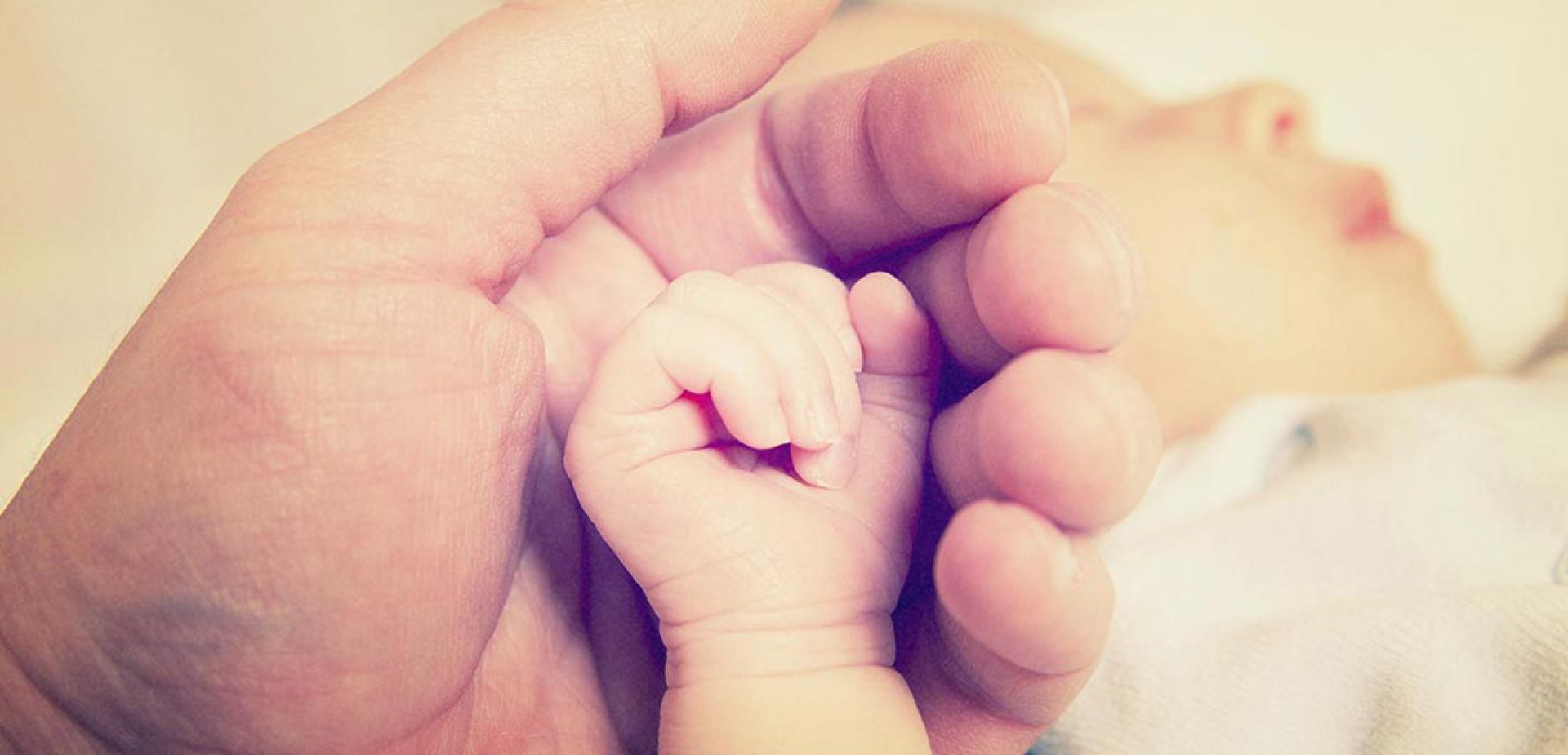
Normally, giving birth takes place between the 37th and 42nd week of pregnancy. The foetus has fully come to term by then and is sufficiently developed to be able to adapt to life outside the womb. Sometimes, however, women give birth before the 37th week of pregnancy. In such a case, the child is deemed to be premature, and the degree of organ development depends on the baby's gestational age.
Lung maturity and functionality are crucial for survival. Depending on the gestational age, the lungs may be partially or totally immature and thus unable to ensure adequate respiratory function.
Chiesi has a multi-decade history of engagement in neonatology and collaboration with medical specialists to improve care for premature infants. Thanks to this important relationship, Chiesi has become a global partner for neonatology, and currently ship medicinal products to more than 80 countries around the world, simultaneously striving to share information about best clinical practices.
10 percent of all new-borns are born too early. Births before week 37 are considered premature. See how Karolinska Hospital work to give the premature babies the best help and optimizing the conditions for a good start in life.
281-2022-MARK
Primary apnoea
The incomplete development of both the respiratory system and the brain regions regulating respiration is a common problem in preterm infants that is exacerbated by low birth weight. The condition results in episodes of spontaneous apnoea, which is usually defined as a breathing cessation of more than 20 seconds. Clinically, this breathing cessation may entail a slower heart rate and/or decreased oxygenation of the blood. Infants suffering from an apnoea episode can have a pale or cyanotic skin colour at the same time as the child shows decreased muscle tone. Lower gestational age is associated with an increased risk of apnoea episodes, usually with an onset 2 to 3 days after birth.
Milder episodes can be treated with tactile stimulation, while more difficult episodes require pharmacological intervention using stimulants such as caffeine.
Adenosine is a signal substance that modulates neuronal activity and reduces breathing effort. Caffeine counteracts this effect directly by blocking the interaction between adenosine and its cellular receptors, and thus leads to an increased respiratory rate.
Respiratory distress syndrome (RDS)
Neonatal respiratory distress syndrome (RDS) is a typical condition in preterm infants. Rather than denoting a single pathology, the term RDS is used for a complex clinical picture whose symptoms depends on the development of the respiratory system. The severity of the pathology and incidence are directly related to the stage of prematurity. Babies born before Week 28 are at greater risk.
Respiratory failure in preterm infants with RDS is due to the lack of lung surfactant, which helps create a biofilm covering the alveoli’s interior walls. The surfactant’s physiological role is to allow the lungs to expand and avoid collapse (atelectasis) during the expiratory phase. Lack of surfactants leads to difficulty breathing and results in reduced oxygenation, increased respiratory effort and the need for respiratory support. The consequence of RDS are injuries or, in the worst case, death.
Compared to full-term babies, preterm babies usually have a lower amount of surfactant available, and this is further reduced as a result of RDS. Administration of exogenous surfactant may relieve the syndrome symptoms and allow the endogenous surfactant it to increase in quantity.